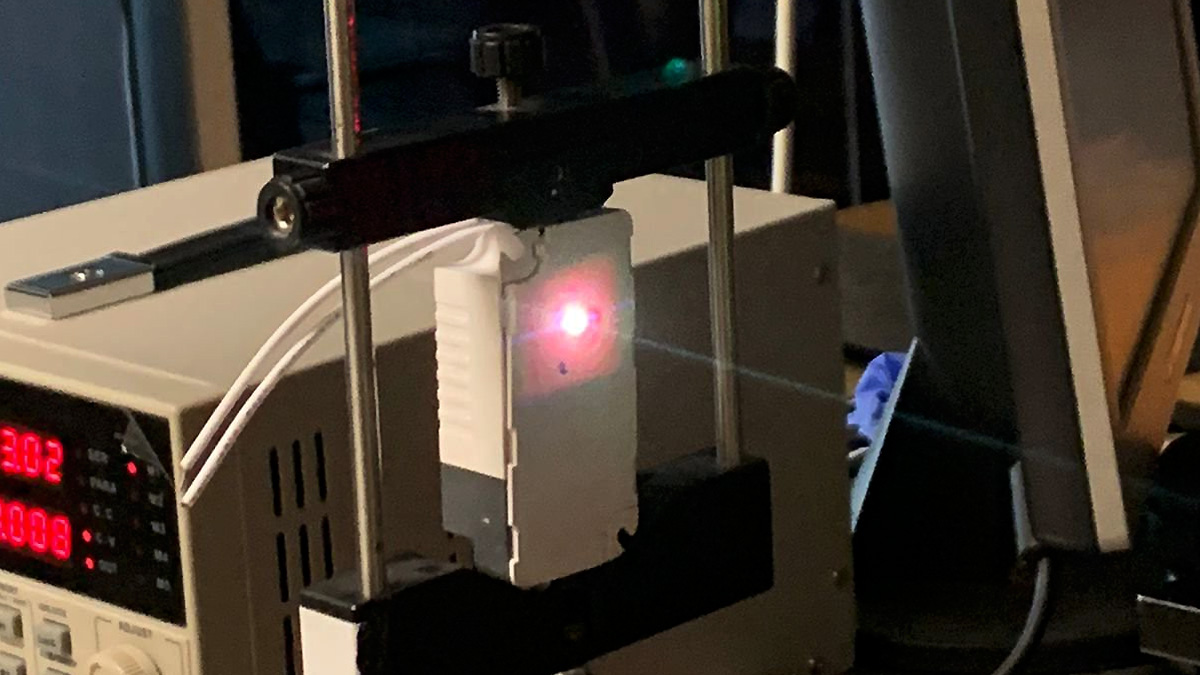
Apple’s move to upgrade panels on the MacBook Air from LCD (liquid crystal display) to OLED has reportedly been pushed back from 2027 amid concerns over supply chain logistics and manufacturing costs. “The change in this forecast started early in the year, sources said,” reported South Korea’s The Elec. “The schedule for the development of needed parts has already been pushed back, so the sources said a delay seems inevitable at this point.
” Employing an OLED panel is more expensive than LCD and, according to the site’s sources, sales of OLED iPad Pros this year “shows this change alone is not enough to appeal to customers for expanded sales”. The Super Retina OLED display in iPhone X, iPhone XS, and iPhone XS Max and the Super Retina XDR display in iPhone 11 Pro models and later, excluding iPhone SE (2nd and 3rd generation). “Multiple analysts have downgraded their shipment predictions for OLED iPad Pros from around 10 million units to between six and seven million units.
Sales of the tablets were strong in the second quarter but this dipped in the third quarter.” It’s been tipped that Apple would launch a MacBook Pro with an OLED panel in 2026, with the MacBook Air to follow in 2027, however the latter is said to have been kicked down the road a little. In Australia the latest MacBook Pro retails from $2,499, while the MacBook Air with M3 is from $1,799 and the MacBook Air with M2 from $1,599.
OLED panels required by Apple are made by LG and Samsung. The lack of competition means Apple cannot drive prices down “as it does on other supply chains”, The Elec reported its sources as saying. MacBook Air.
“One of the sources said [Apple] should consider increasing the specs of Air close to Pro as it will be very difficult for display panel makers to drive costs down in the short term for OLED panels. “Apple is expected to apply two-stack tandem OLED panels for Pro, where the panel has two emission layers while going for the traditional one layer for Air.” The company used its two-stack OLED system for the iPad Pro M4.
“OLED technology delivers an incredibly high contrast ratio and high resolution,” Apple says. “And with no backlight, OLED emits light through each pixel, allowing for a thinner display. To deliver extreme high brightness over a large, expansive display, iPad Pro uses a Tandem OLED design — with two OLED panels.
The Ultra Retina XDR display overcomes challenges with traditional OLED displays with its high brightness, wide colour support and incredible colour accuracy.”.














